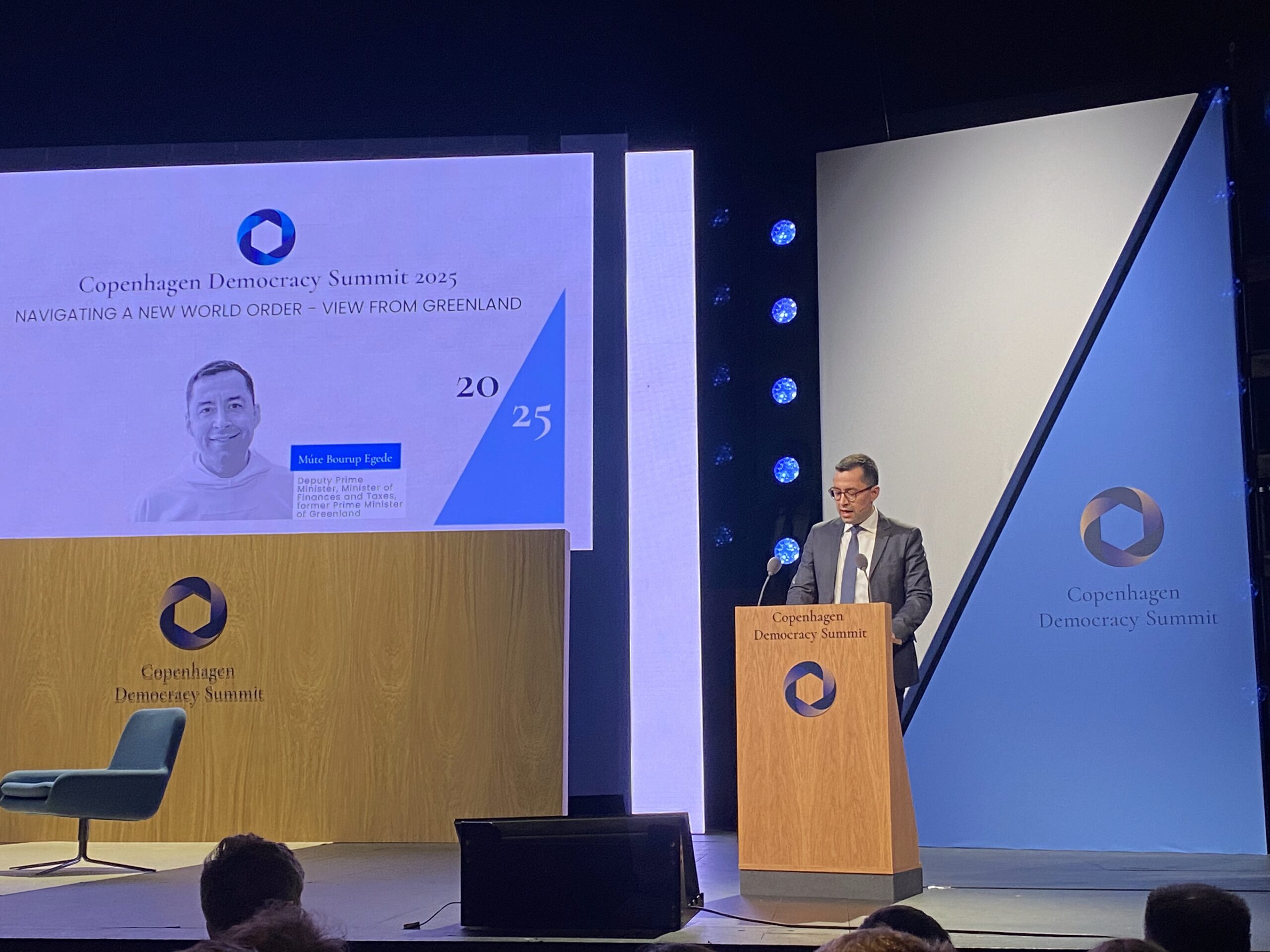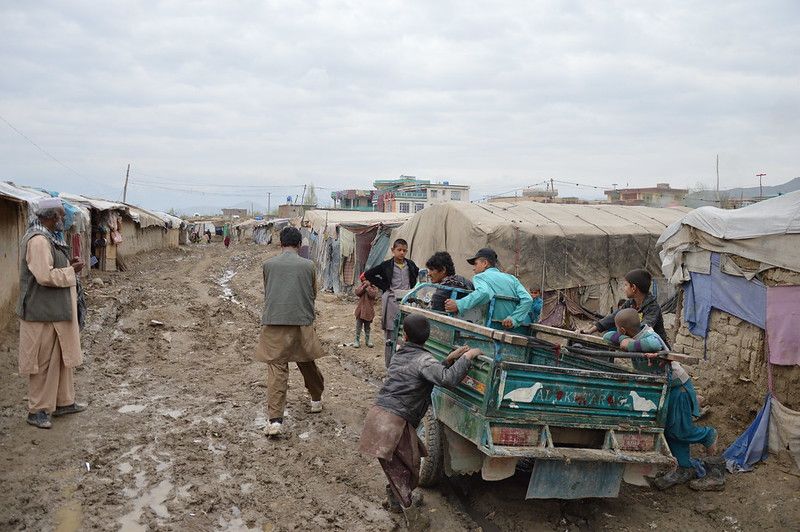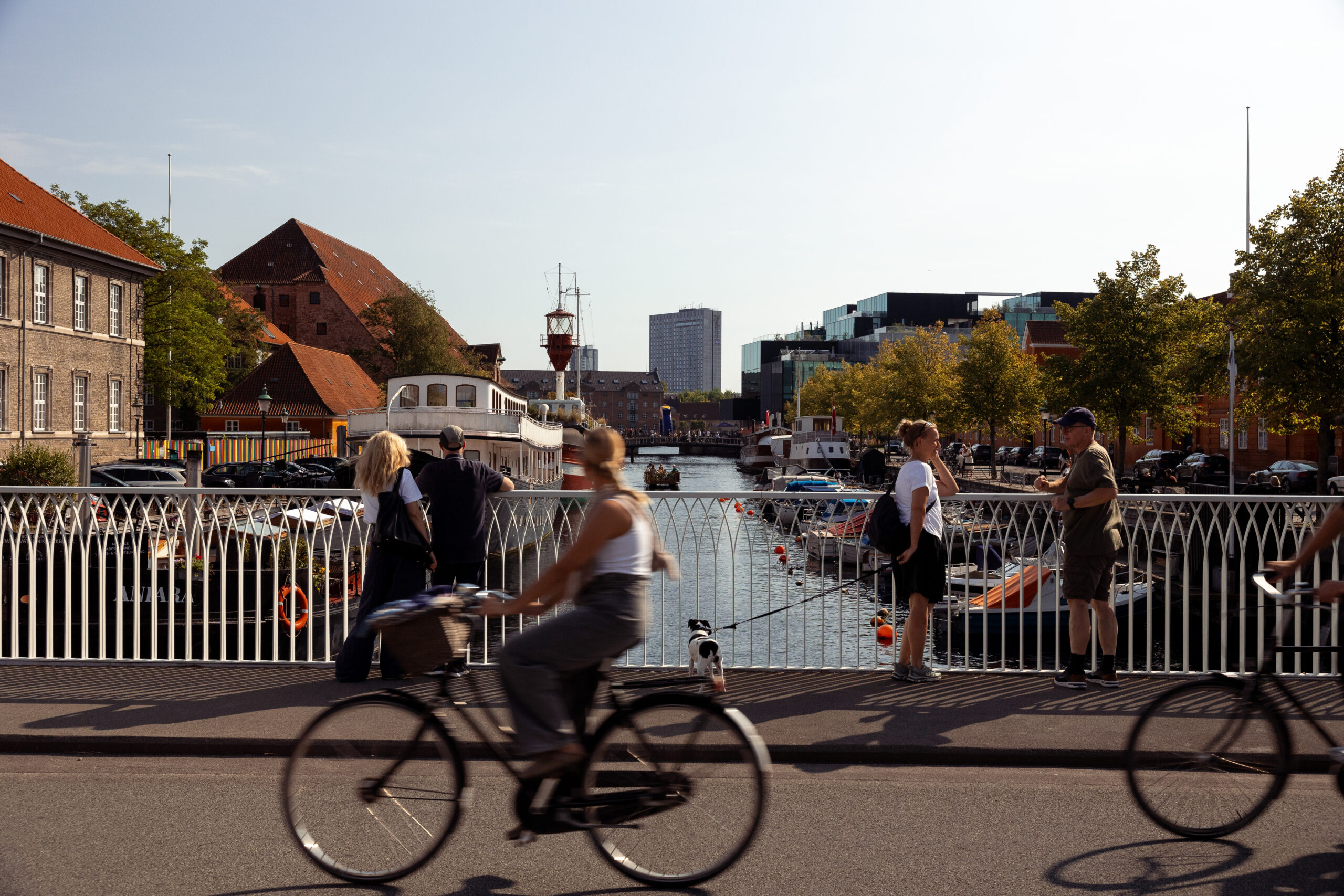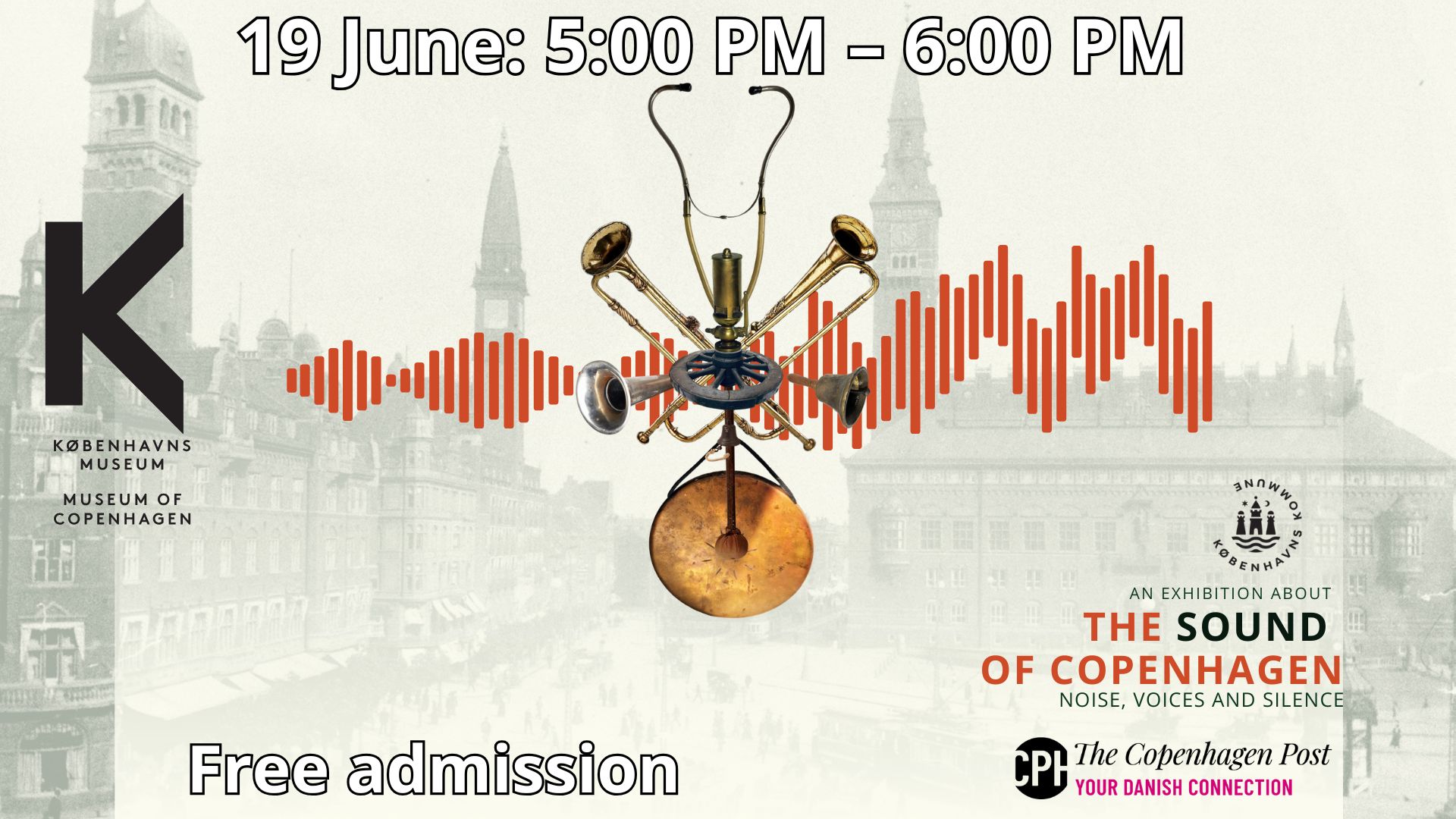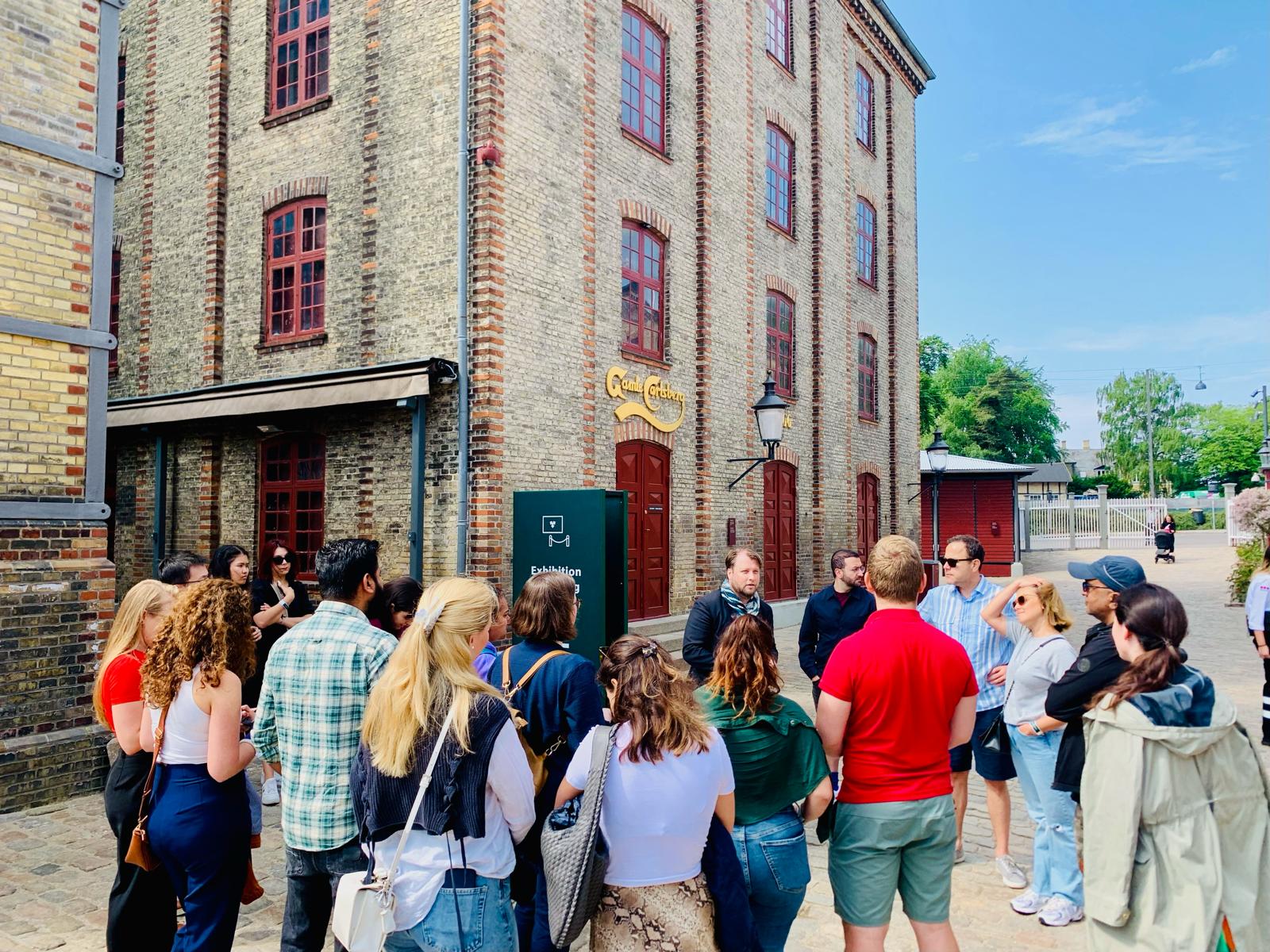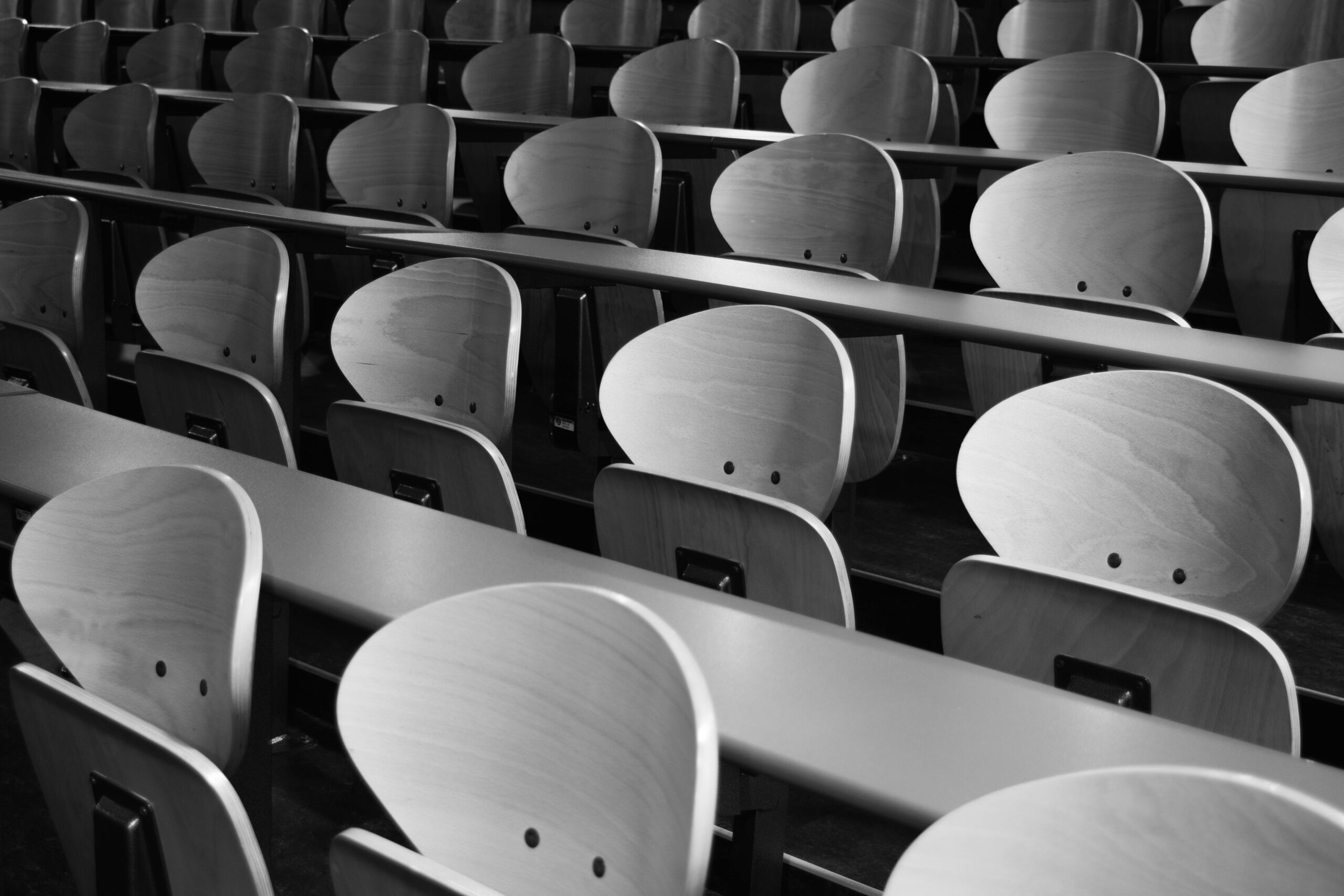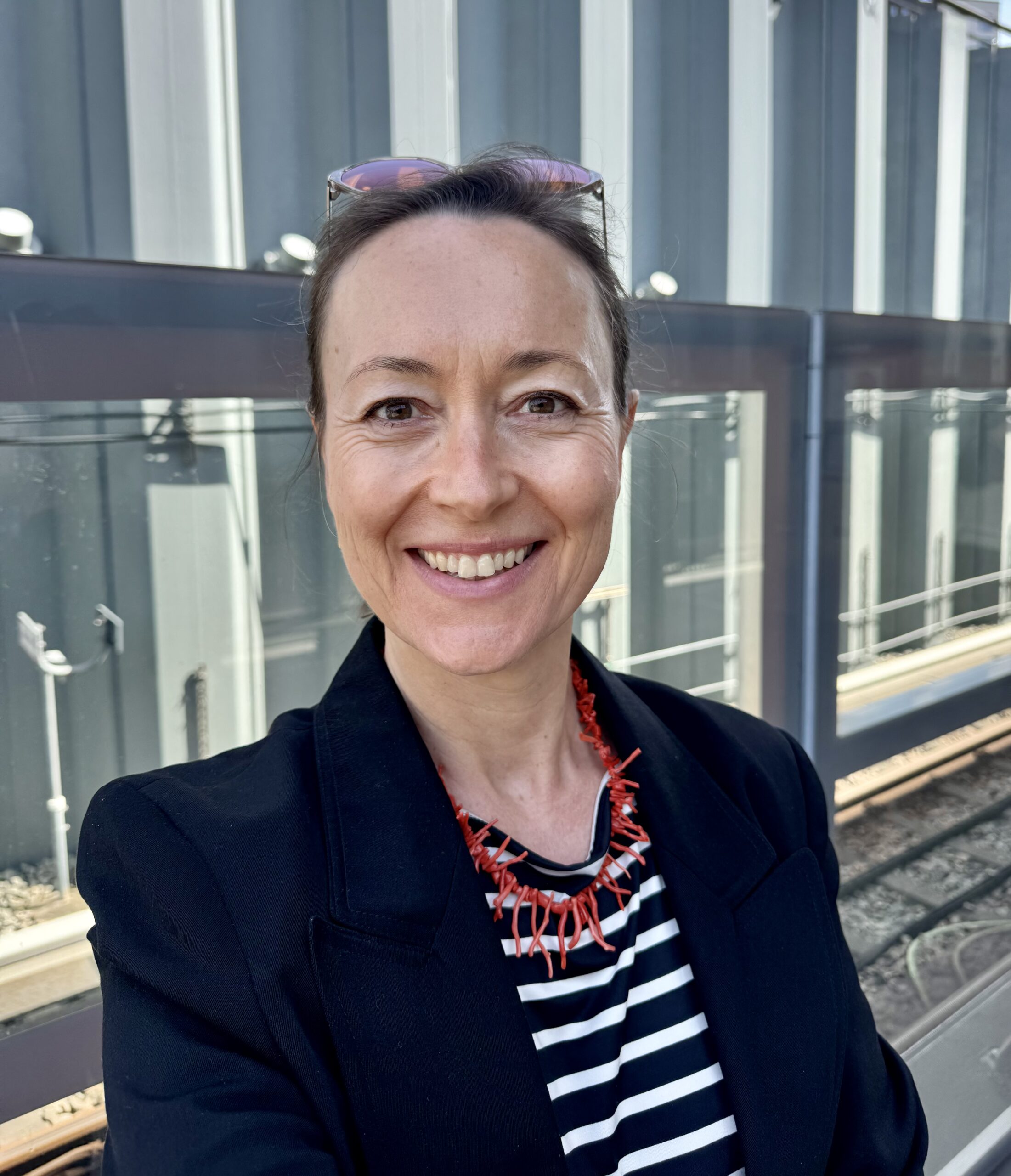Twenty years of HIV/AIDS campaigns have paid off in Denmark as the number of people dying of the acquired immune deficiency syndrome has fallen significantly from nearly 200 a year in the 1990s to just three last year, according to figures from the Statens Serum Institute (SSI).
Those who die of AIDS in Denmark are usually either drug addicts who forget to take their medication or foreigners who are diagnosed too late.
“Gay men have become better at getting regular check-ups, and many of those infected find out quickly and do not infect others,” Susan Cowan, a senior medical officer at SSI, told Metroxpress. “They are also starting to get treatment immediately.”
Additionally, fewer Danes are getting infected with the human immunodeficiency virus (HIV).
From 1994-1996, there were between 150 and 170 new patients recorded every year – figures replicated by the death toll.
In recent years (since 2012), the number of HIV infections has ranged from 89 to 124, but the death toll has fallen sharply.
READ MORE: Danish researchers in HIV breakthrough
Kids with cancer live longer
In related news, a child’s chances of still being alive five years after receiving a cancer diagnosis has improved considerably in recent years in Denmark thanks to intensive research, international co-operation and centralised cancer treatment for kids.
A new report from the Danish Children’s Cancer Registry has revealed that 85 percent of children aged 0-15 years who are diagnosed with cancer are still alive five years after a diagnosis, which is an increase of 10 percentage points from the years 1985-2005, when the likelihood was 75 percent.
“In the past, Denmark was at the bottom of the survival curve for the Nordic countries, but now we are at the top, and not only for the Nordic countries, but for the whole world,” Thomas Frandsen, a specialist in the treatment of children with leukaemia at Rigshospital, told DR.
According to Frandsen, it is important to focus not only on the kids’ survival but also on helping them preserve their social contacts with family, friends and classmates.




